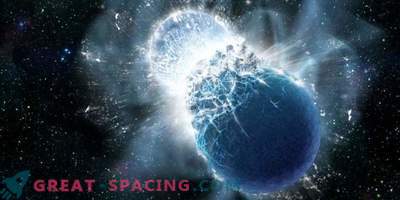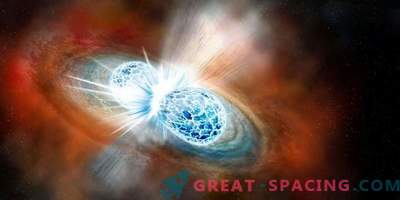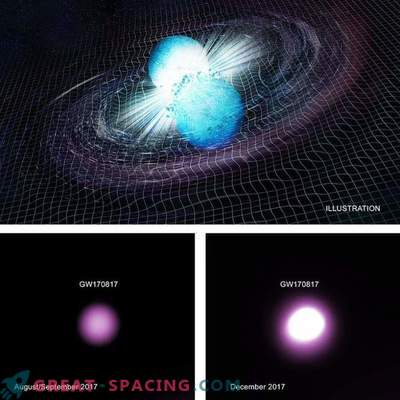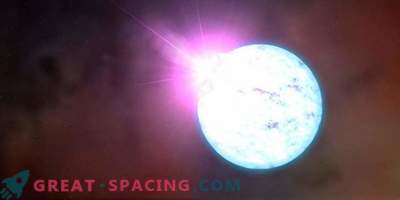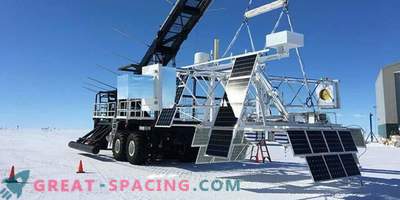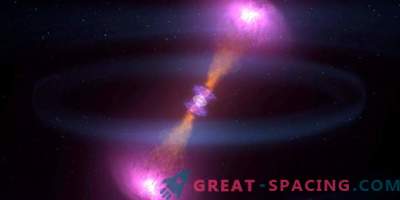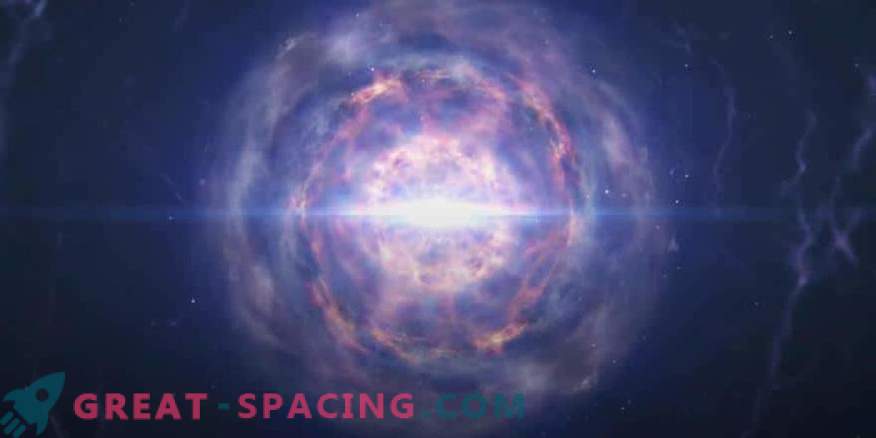
How big is a neutron star? Previous estimates ranged from 8 to 16 km. Astrophysics from the University of Frankfurt. Goethe defined indicators with an accuracy of 1.5 km. For this, they used a complex statistical approach based on gravitational wave measurement data.
Neutron stars are the densest objects in the Universe, whose mass exceeds the solar one, but its size is compacted into a sphere whose diameter converges with the parameters of the city of Frankfurt. But this is only a rough estimate. For more than 40 years, the determination of the size of neutron stars remained inaccurate.
An important contribution to solving the puzzle was made by the detection of gravitational waves from the fusion of neutron stars (GW170817). These data were used to determine the maximum mass of neutron stars before they collapse into black holes. Then it turned out to establish more stringent restrictions regarding the size of neutron stars.

The size range of a typical neutron star compared to the city of Frankfurt
The equation of state describing matter inside neutron stars is unknown. Therefore, physicists decided to choose statistical methods for determining the parameters of neutron stars within narrow limits. To establish the values, we had to calculate more than 2 billion theoretical models of neutron stars, solving the Einstein equation, which describes the equilibrium of relativistic stars. Next, this data set was combined with the constraints of the gravitational wave in GW170817. As a result, the radius of a typical neutron star reaches 12-13.5 km. It is also important to consider one nuance. It is possible that at superluminal densities, matter abruptly changes its properties and undergoes a “phase transition”. It resembles the effect of water, which freezes and becomes solid. In this case, the matter in the second neutron star becomes a quark, so the star will have the same mass, but will be more compact.
But such twin stars still remain statistically rare and cannot be severely deformed during a merger. This output allows you to exclude potentially compact objects. Future gravitational observations will show if the neutron stars have exotic twins.

